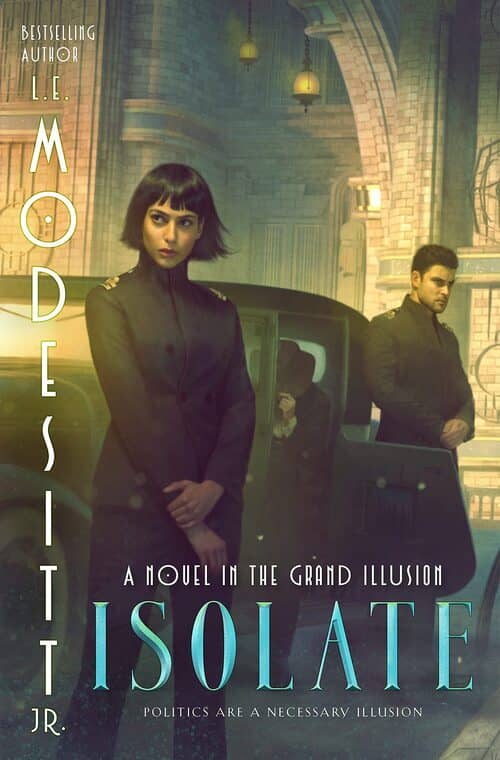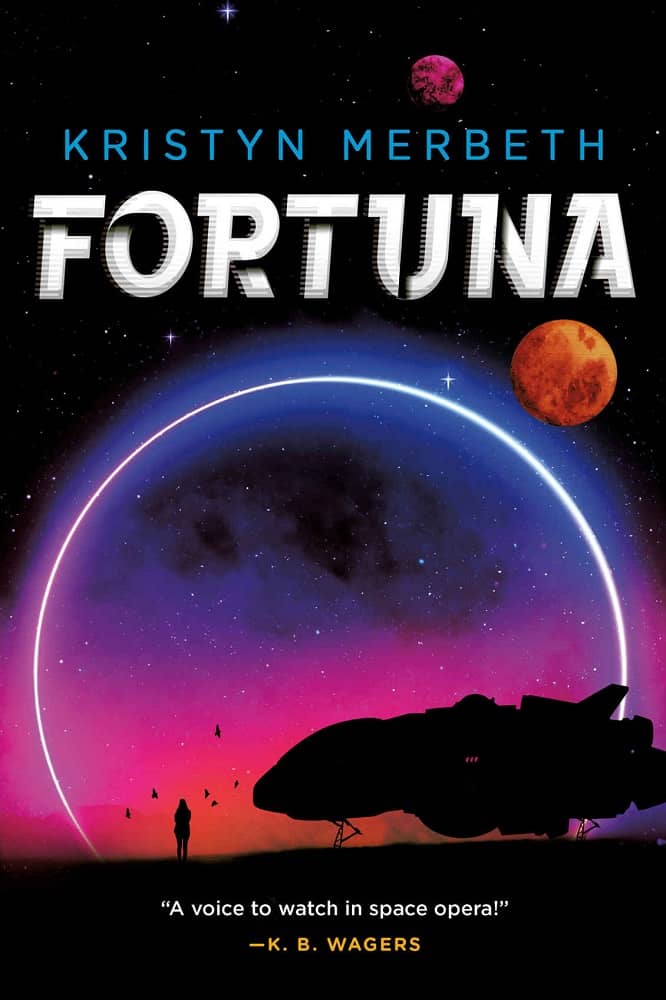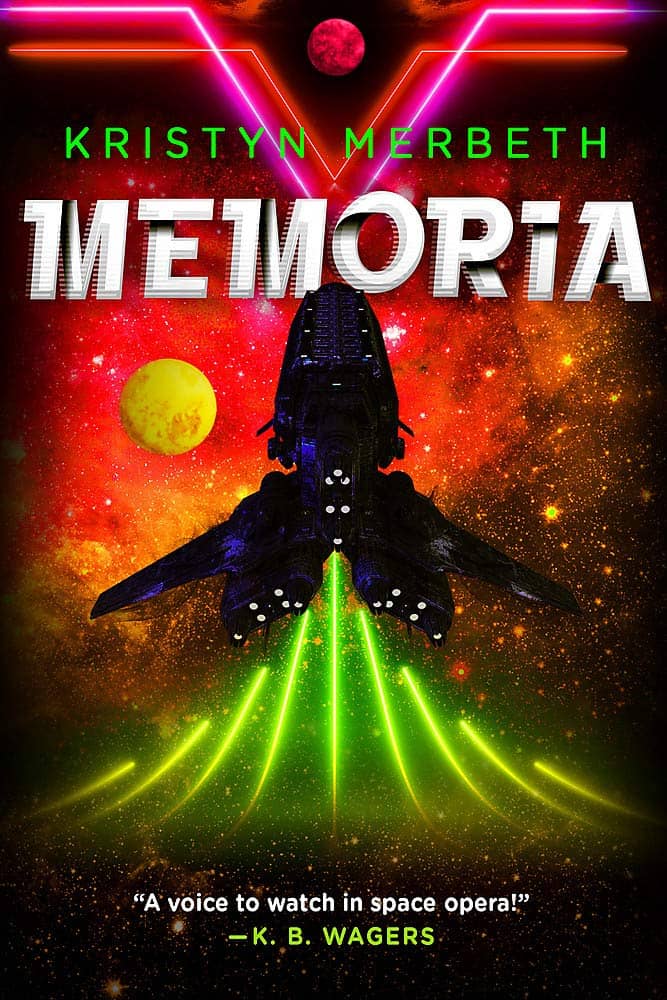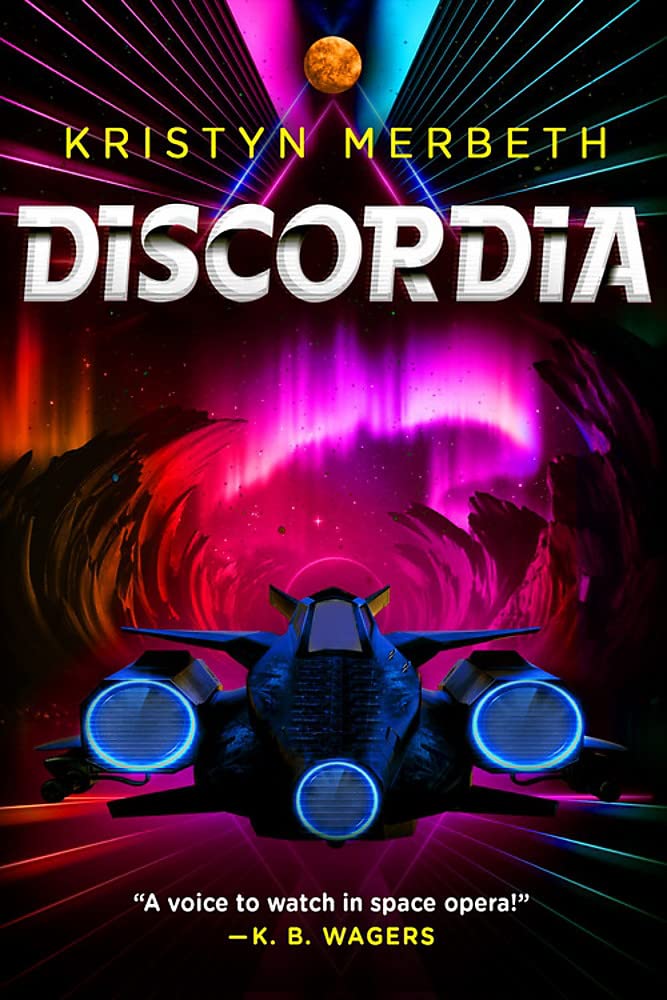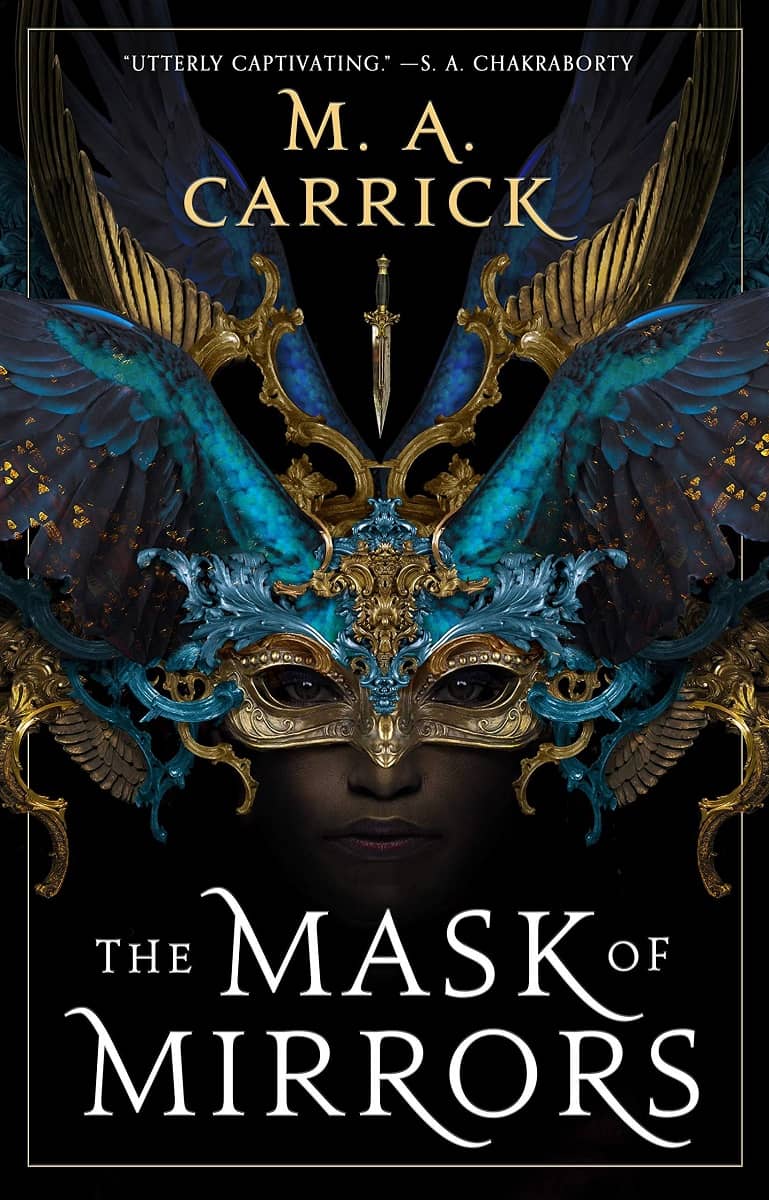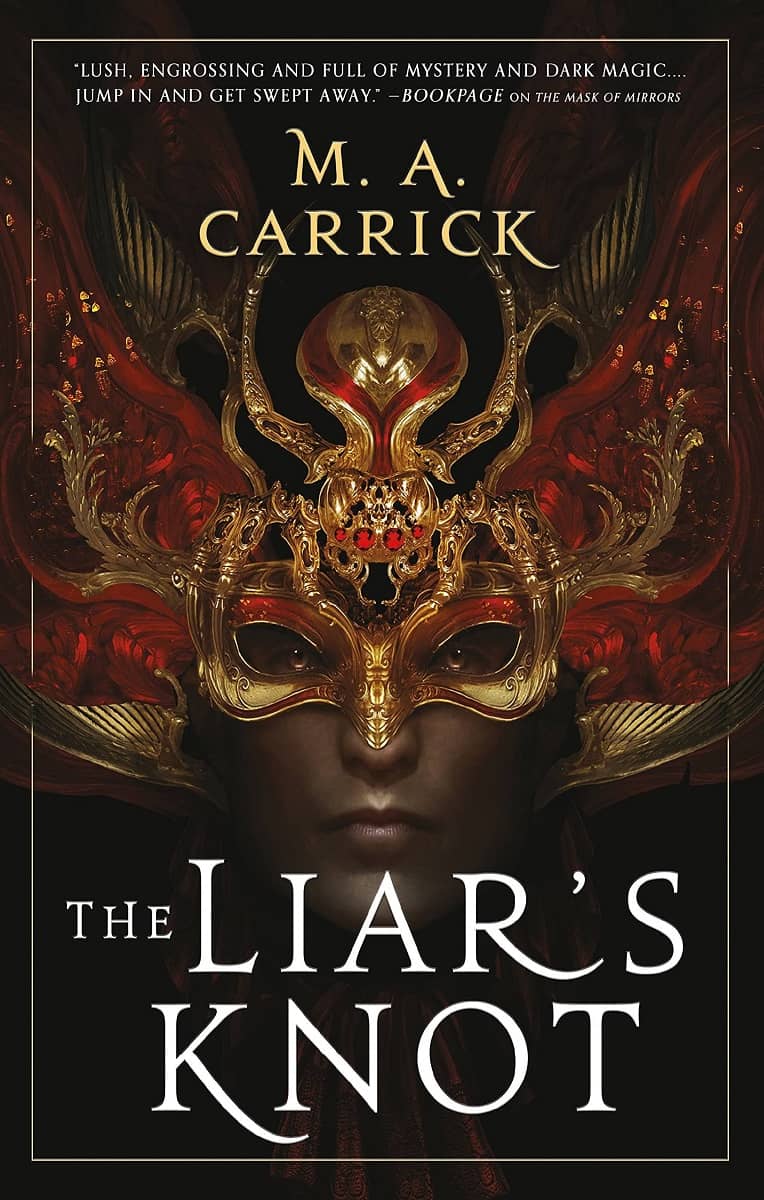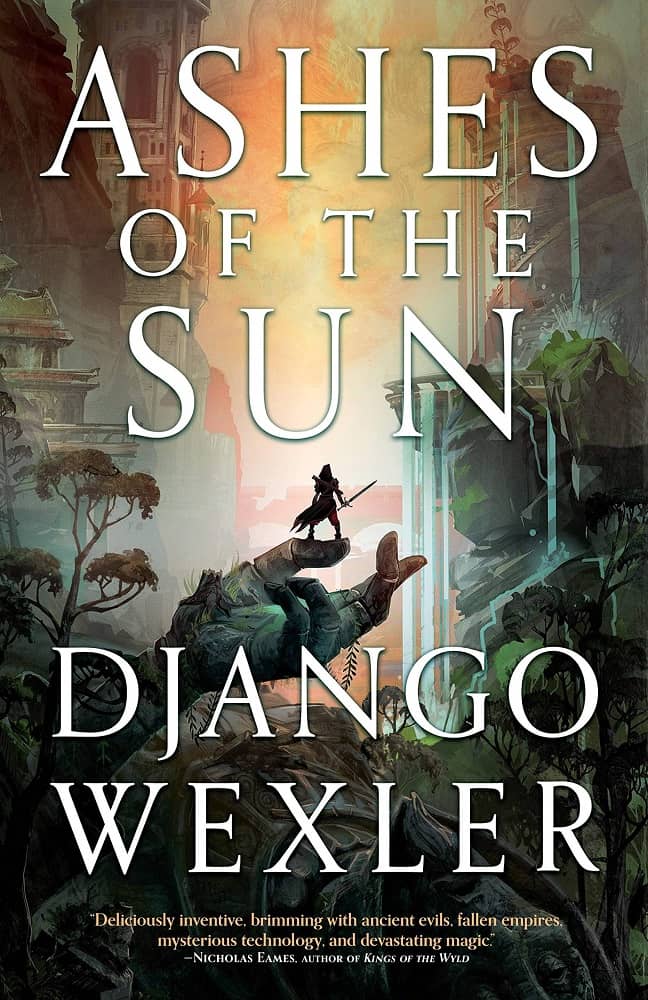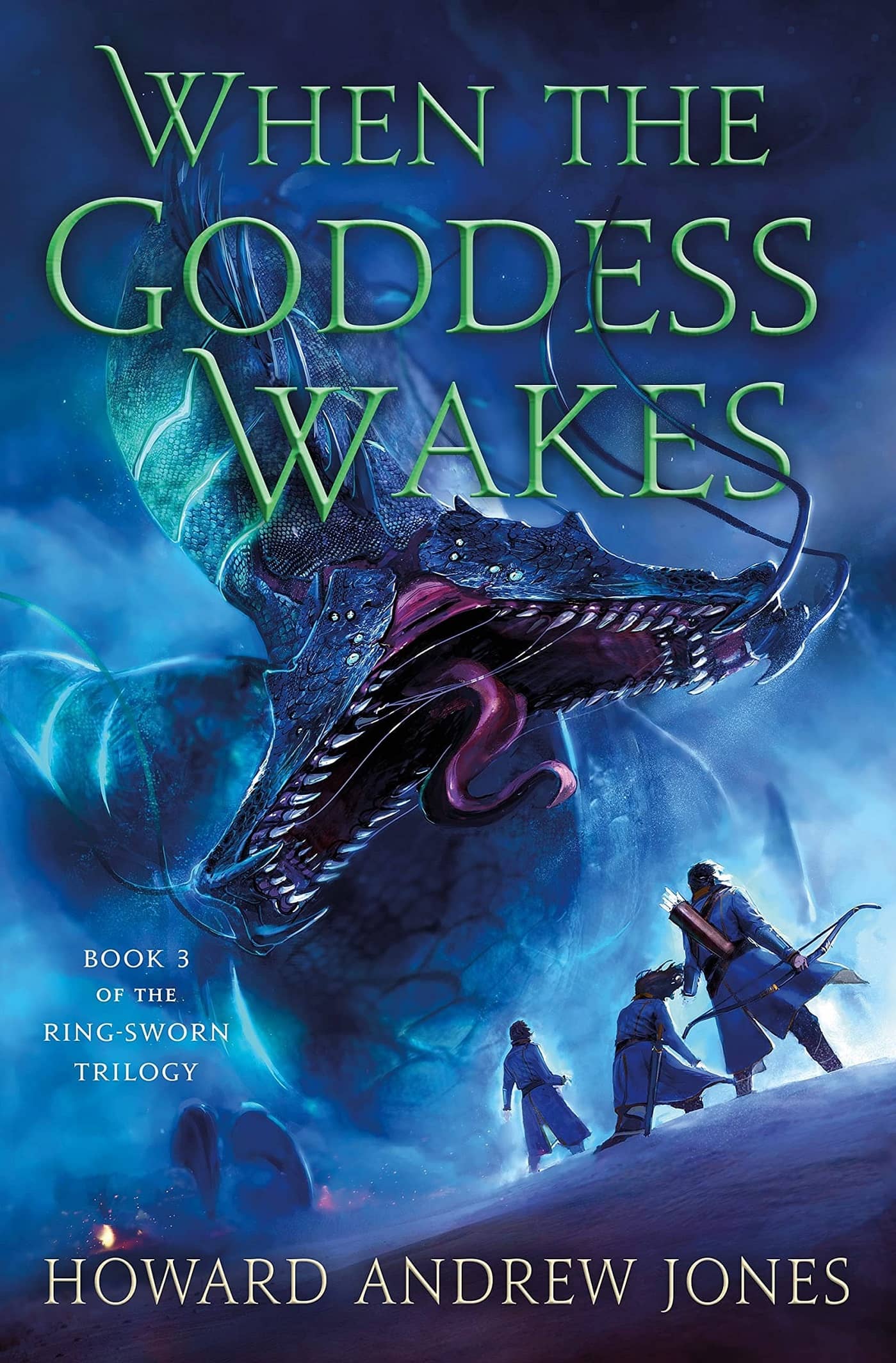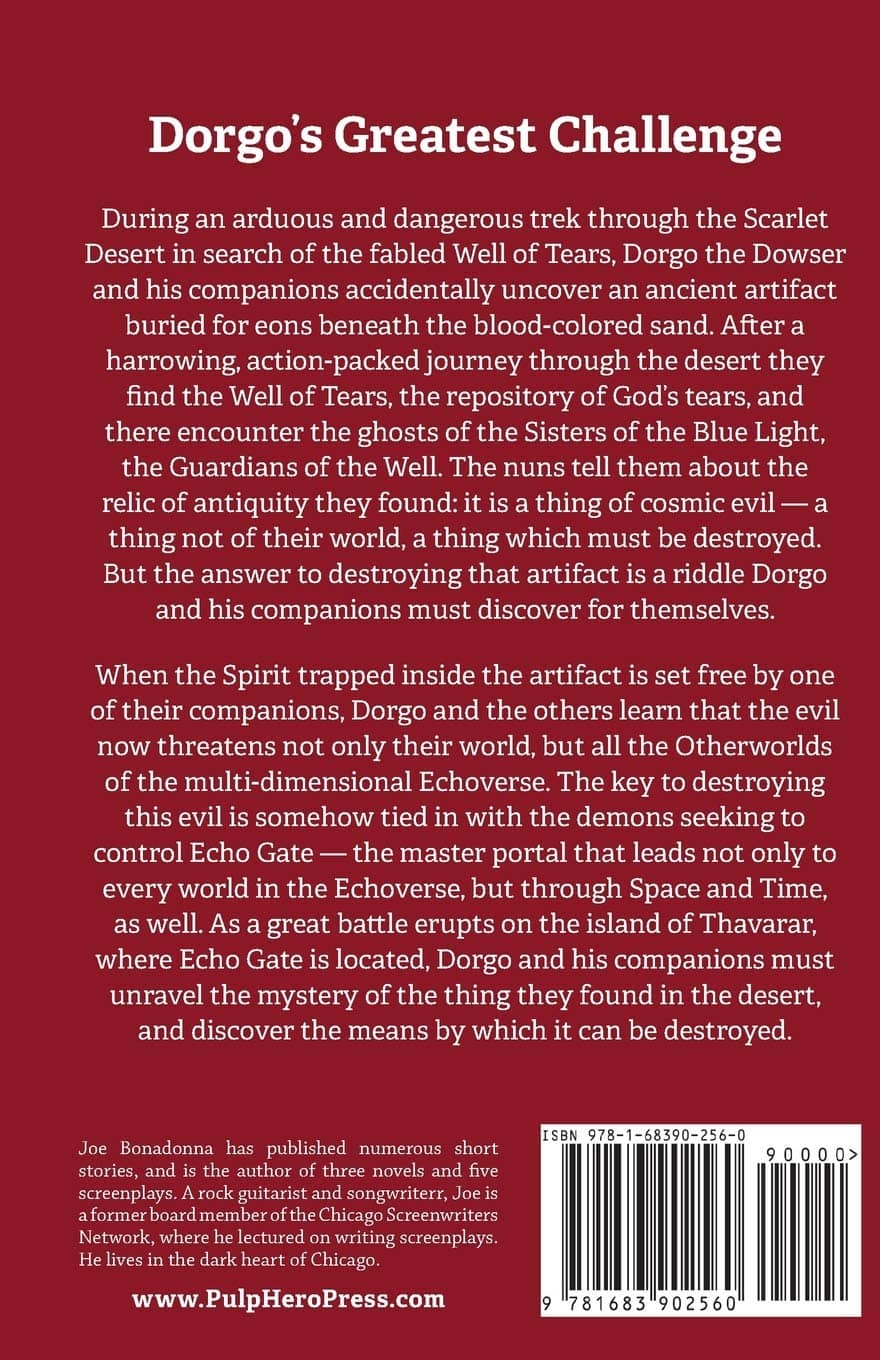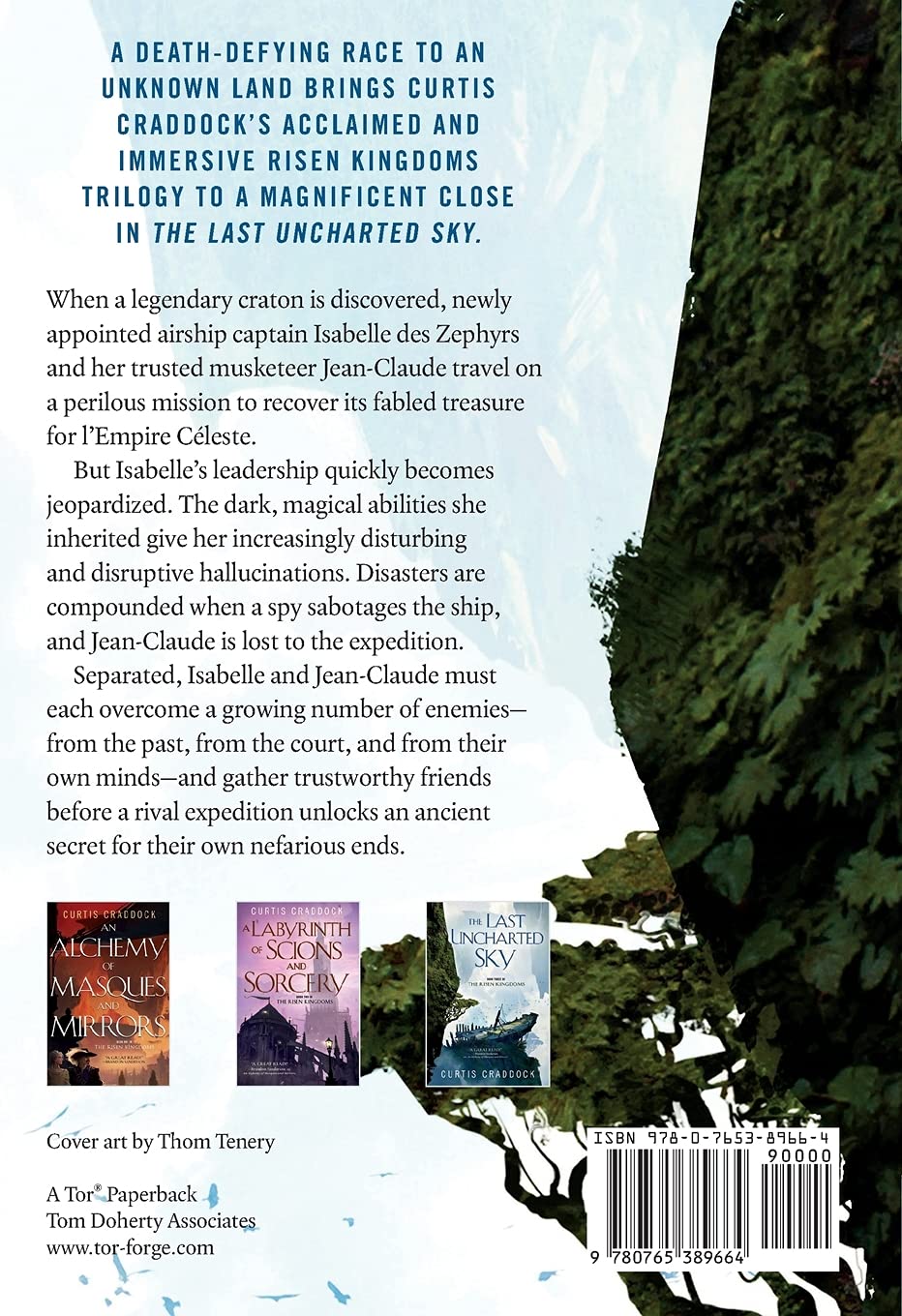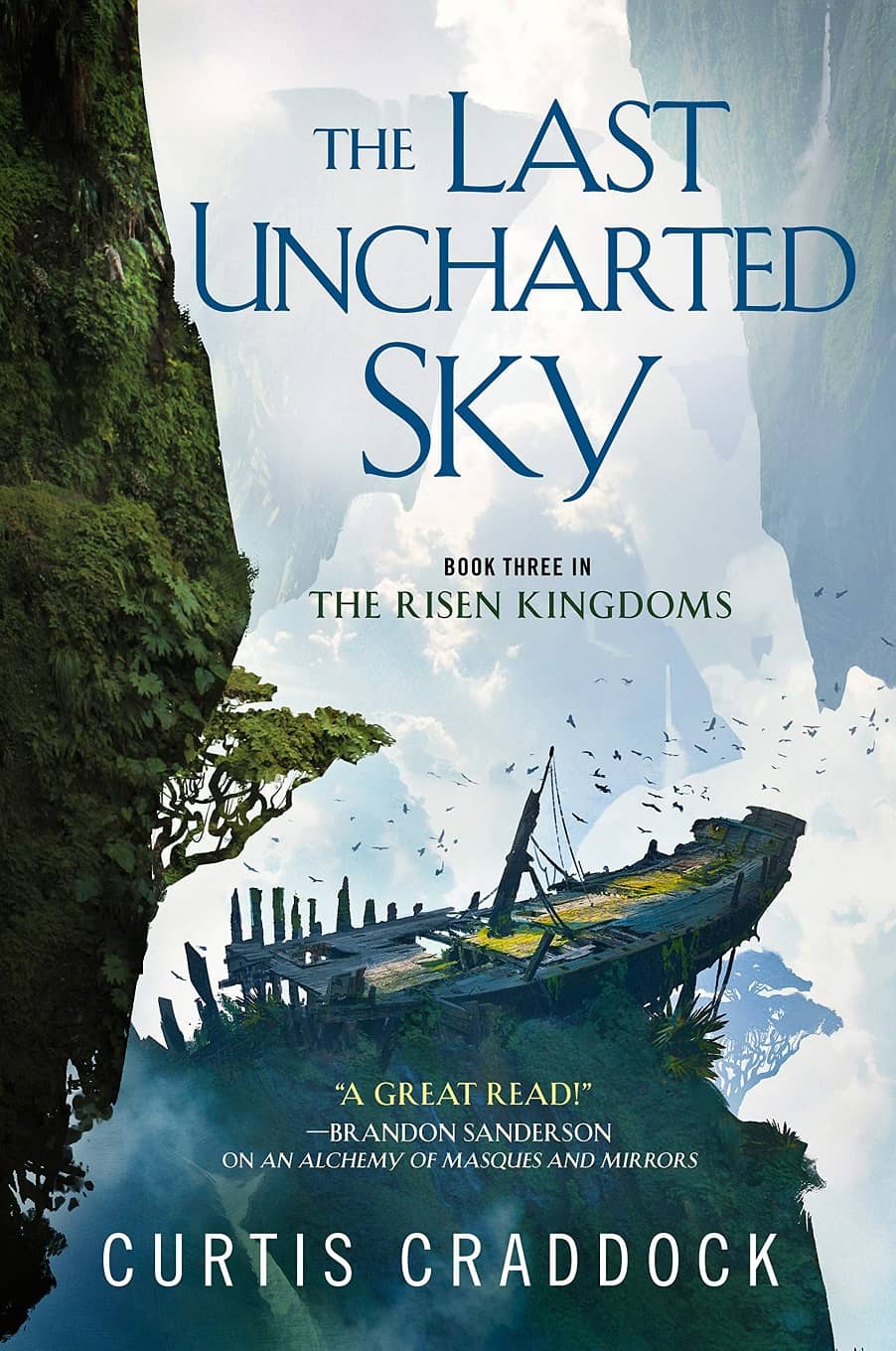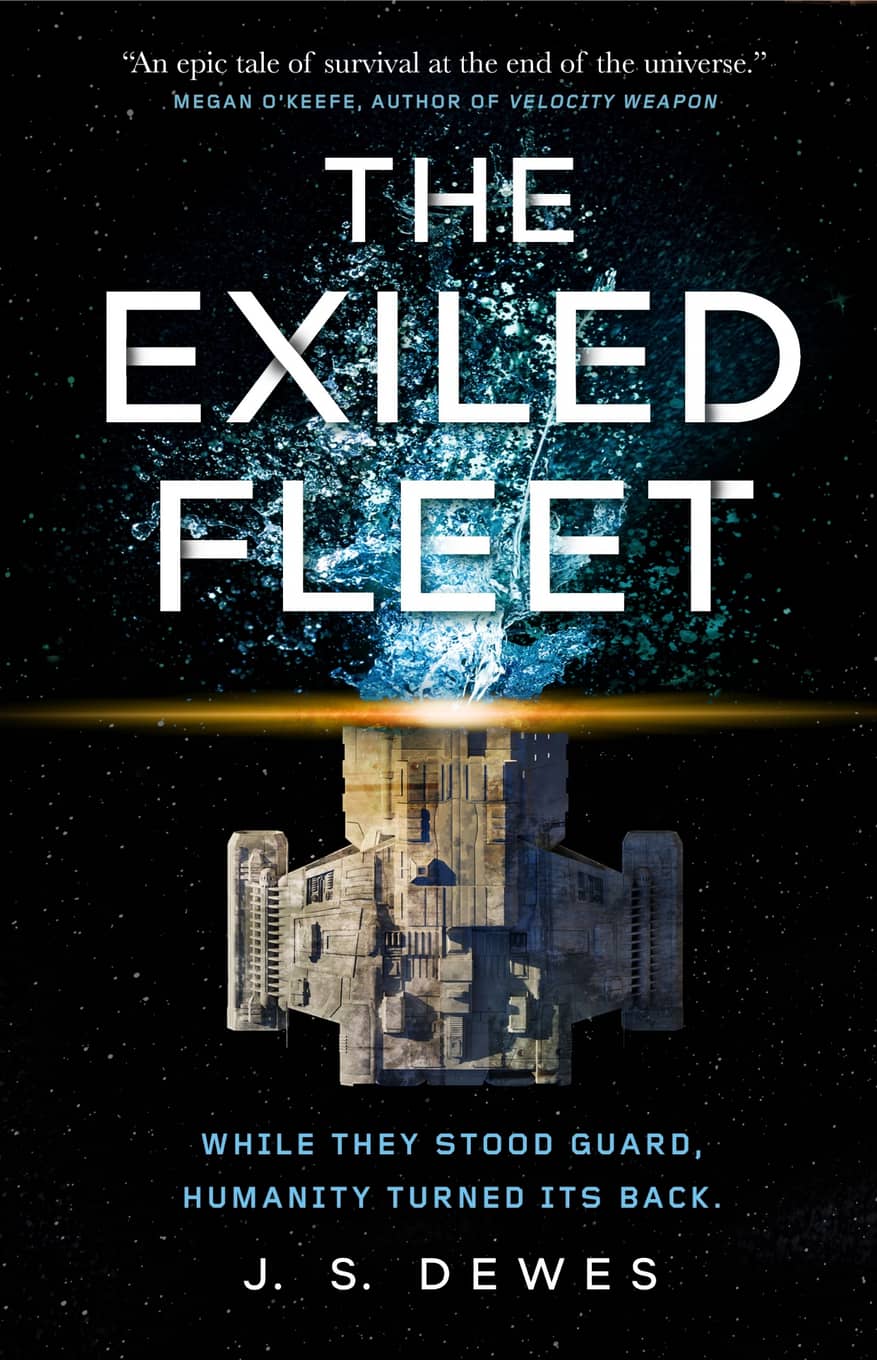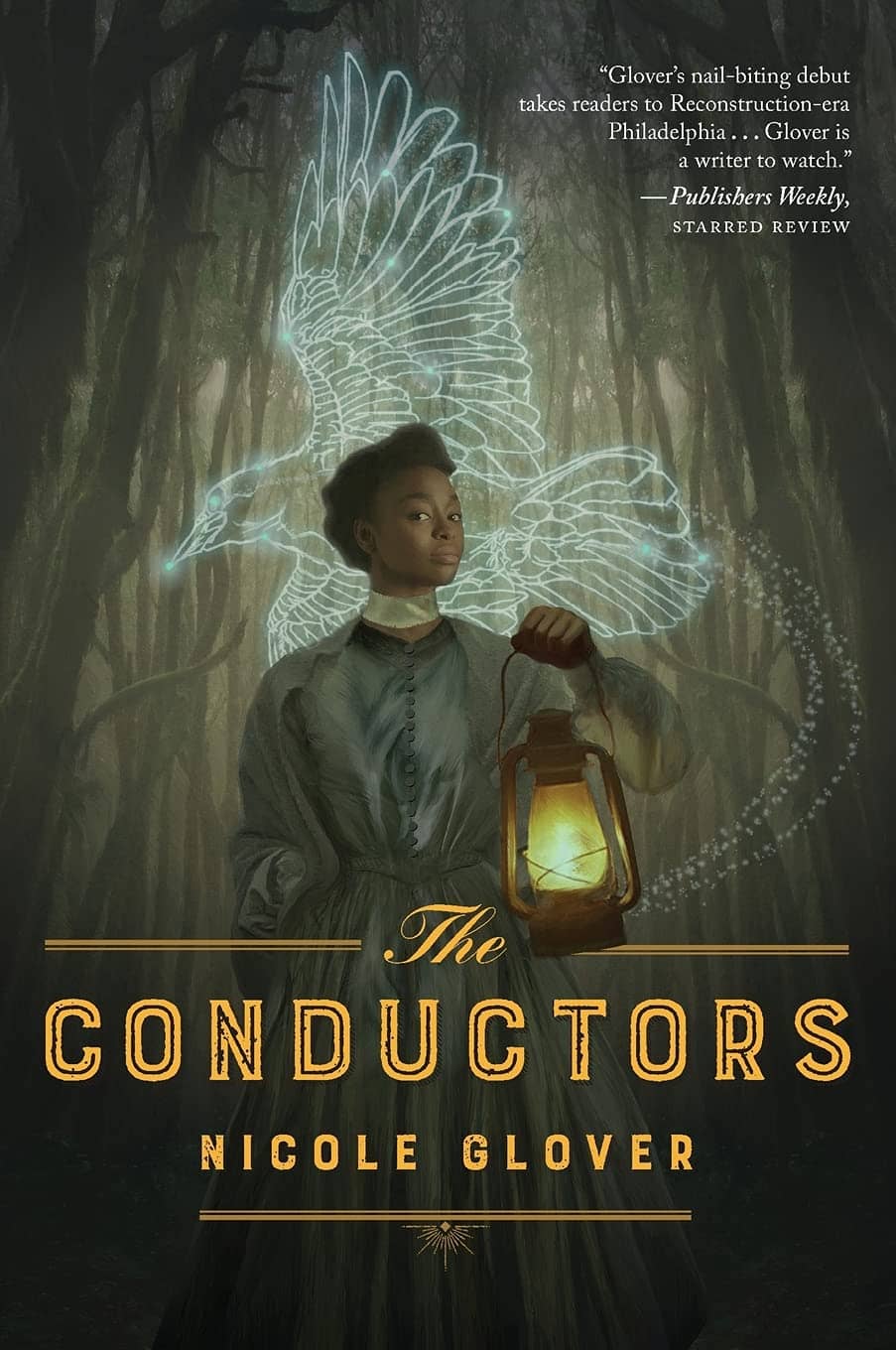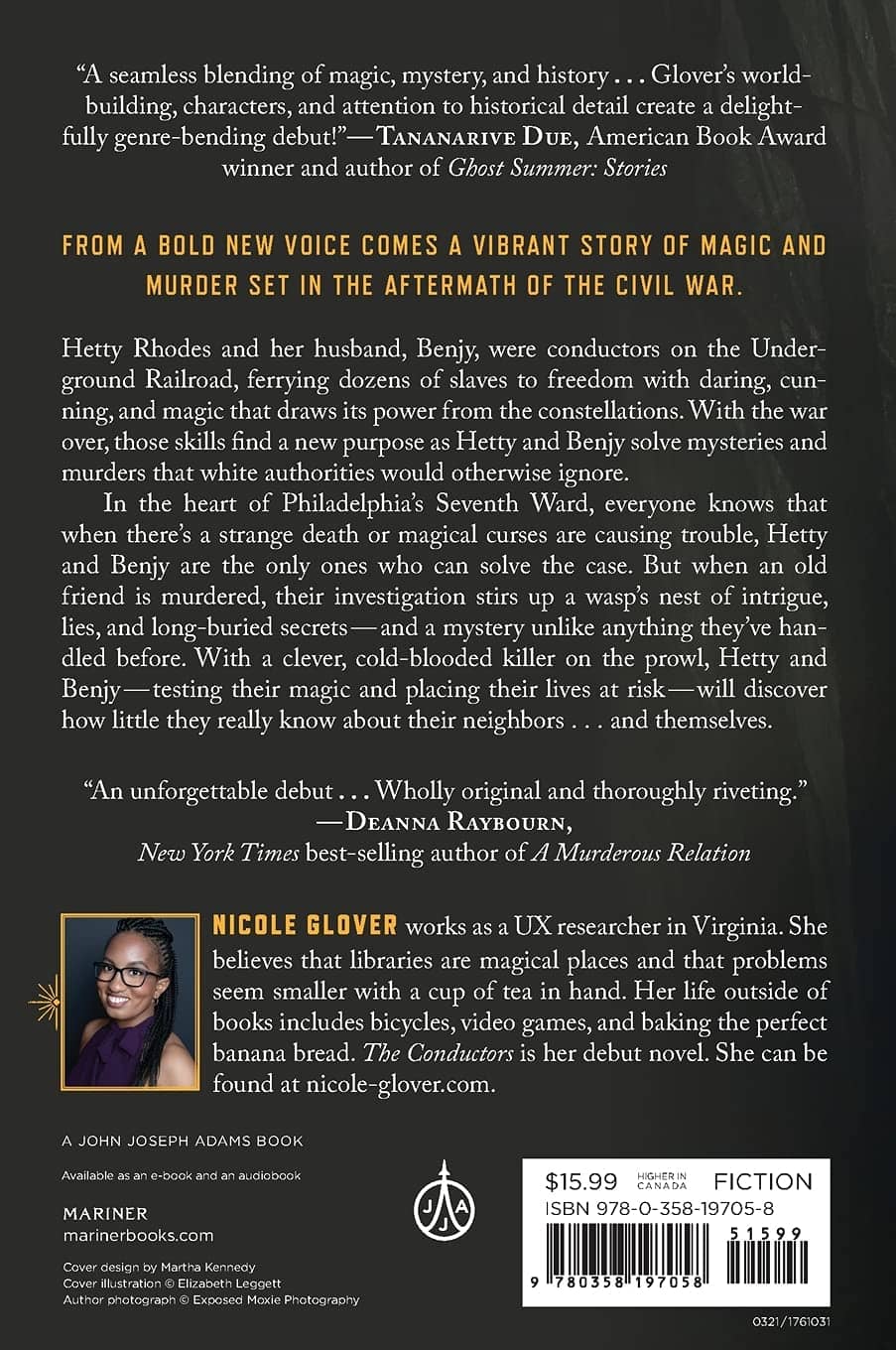A Sherlockian Duo in a Pirate Adventure: The Fall of the Gods Trilogy by Ryan Van Loan
 |
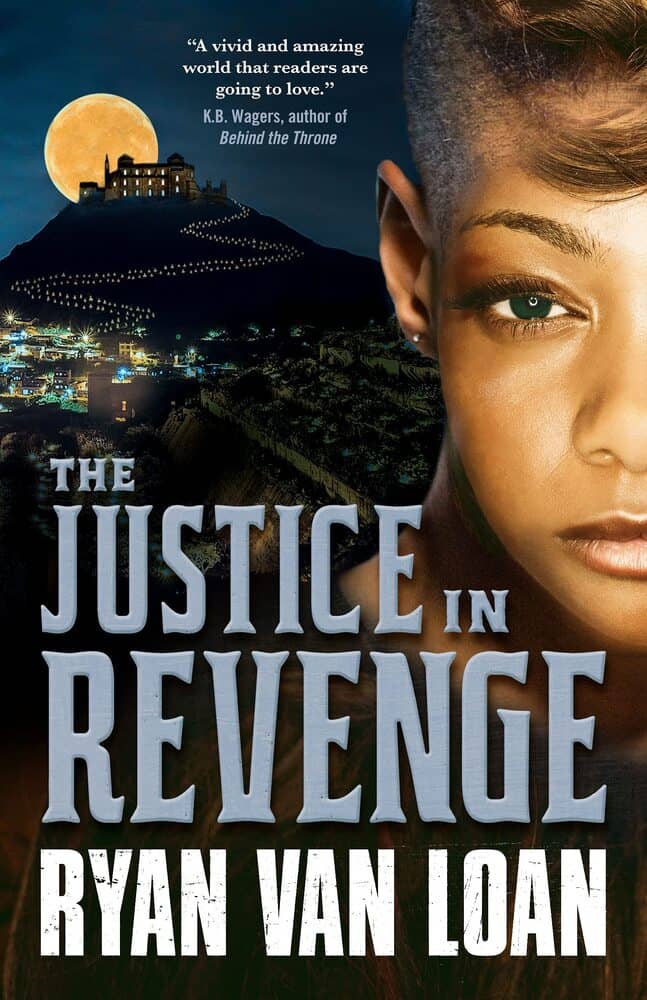 |
Far Out (Night Shade, July 2021). Cover by Julie Dillon
When The Sin in the Steel, the opening novel in Ryan Van Loan’s Fall of the Gods trilogy, arrived last year, I was immediately intrigued. Well, I was once I read Aidan Moher’s review at Tor.com, anyway. Especially this part:
The Sin in the Steel is a rip-roaring epic fantasy that mixes a genuinely unique world with an equally standout magic system. It’s full of characters you’ll root for and despise, who’ll make your skin crawl, and who you’ll cheer on from the sidelines. Packed full of action, tempered by genuinely thoughtful themes about mental health and trust. The Sin in the Steel tells a good self-contained narrative… If Scott Lynch wrote Pirates of the Caribbean, it’d be a lot like The Sin in the Steel.
Yeah, it was that last sentence that got me. At least I’m predictable.
